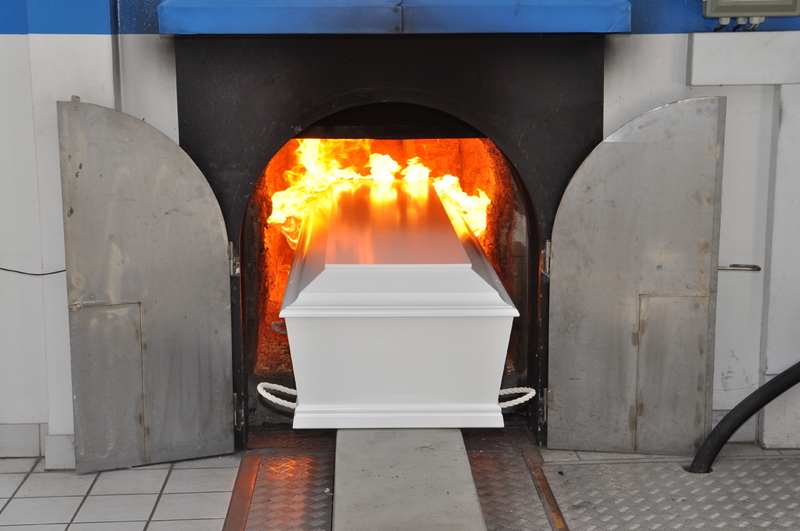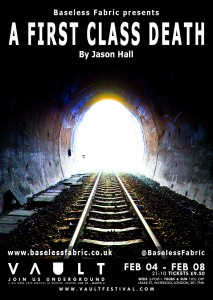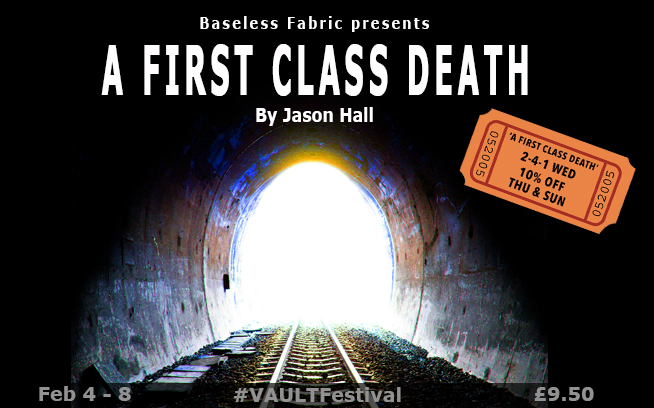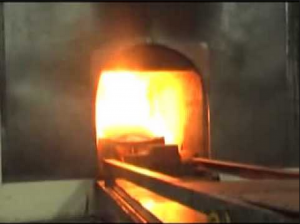 “I’m sure it’s okay,” says Beth, one of the staff at the crematorium – or crem, as everyone calls it. “But let me just double-check.”
“I’m sure it’s okay,” says Beth, one of the staff at the crematorium – or crem, as everyone calls it. “But let me just double-check.”
Beth is ringing up her supervisor to check whether or not I can take photos. While she’s on hold her colleague, Jane, offers me a chance to look inside one of the two cremators, both of which are running.
I’m not sure what I expect to see when I look through the cylindrical viewing glass. Perhaps a burning panel of wood or a thick wall of flames. Who knows? But judging by the weakening of my legs, I’m not expecting to see what is clearly the top of a human skull engulfed in fire.
I steady myself. “How…ah…how hot is it in there?” I mumble.
Jane glances over to the industrial-looking control panel. “Hmm. Bout 930 degrees?”
Geoffrey, another member of staff – munching on his lunch – nods. “Bout that,” he says, politely covering his mouthful of sandwich.
This crem is not unlike a theatre: it’s a building of two halves, separated by a curtain. Where I am now is backstage. This is where the actual cremation of the bodies take place. To facilitate this there are of course the two cremators (the furnaces) as well as various instruments, panels and screens to monitor the extremely high temperatures. Everything is clean and clinical but there is no adornment, no decoration.
It’s a different story on the other side of the curtain. This is the chapel, the space for the ceremony; in the theatre it would be the auditorium. There are rows of seats and a lectern, all in pleasant, pale wood. There are understated paintings. There are a few tasteful arrangements of flowers and on each chair sits a folded booklet. They remind me of theatre programmes.
Except of course they’re not programmes at all; they’re the orders of service for a 40 year old woman who’s died as a result of cancer. Her ceremony is later this afternoon. When it is finished, the curtain will be drawn around her coffin, she will be moved to the back of the crem, and then she’ll have her turn in one of the cremators.
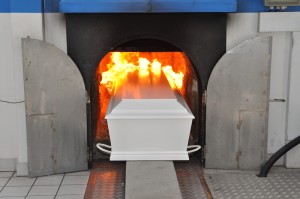 “I advise people that seeing the curtain close can sometimes be a bit traumatic,” Jane had told me earlier, “It seems a bit final. Wherever possible, I encourage them to leave with the coffin still there. But…people sometimes like the theatrics of it.”
“I advise people that seeing the curtain close can sometimes be a bit traumatic,” Jane had told me earlier, “It seems a bit final. Wherever possible, I encourage them to leave with the coffin still there. But…people sometimes like the theatrics of it.”
Backstage, Beth has good news. I’ve got the thumbs up to take photos – so long as they’re not displayed or posted online.* As I meekly snap a couple shots on my iPhone, I try not to think about why the building’s so warm. And I try, in vain, to forget what it looks like inside those two furnaces.
*The photos accompanying this blog post are not from the crem visited by Jason!
1854: London’s cemeteries are full. The London Necropolis Railway is built in Waterloo station to transport the dead outside the city. 2015: London’s cemeteries are filling. The line is re-opening. And you’ve got a ticket. Baseless Fabric invite you onboard for this promenade performance about the fact you’re going to die one day.
A First Class Death uses the fascinating history of Waterloo’s vaults to explore the attitudes and rituals around dying today. The piece will challenge, entertain and involve the audience as they move through the local area and the atmospheric Cavern space, once a repository for the dead awaiting their final journey.

